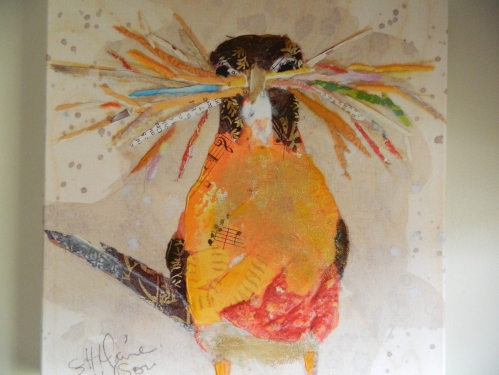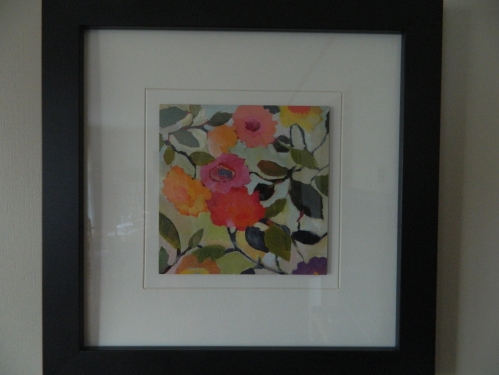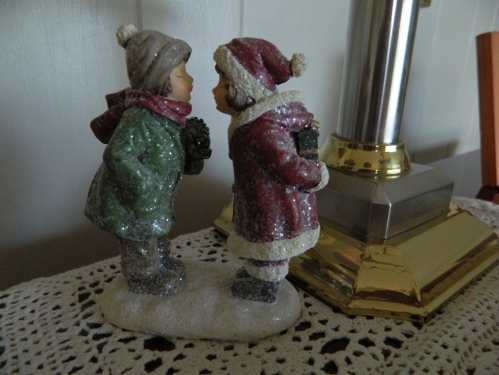Creating a stimulating environment
My admiration for Carol Montparker has evolved into an enchantment that has kept me preoccupied lately. She has buoyed me up with her words and ideas; they breathe fresh vision and inspiration, as well as confirm ideas that have already begun to take root in my mind.
I have now read through the first half of A Pianist’s Landscape. My thoughts that for the past several months have been in flux regarding my purpose and vision for my piano teaching, are beginning to solidify–and this, even before reaching the block of chapters that I am so very anxious to read, “In the Studio”–those which focus primarily on Ms. Montparker’s teaching, and which I am on pins and needles to read! Normally, I would have no qualms about skipping chapters to read others, but I haven’t been able to do so, not wanting to miss any possible background information that might help shed greater light on her experience of teaching.
I do love her thoughts on the interplay between the arts and senses. This relates to what I have been thinking regarding the type of atmosphere that I would like to create in my studio, aka…dining room. I am aiming for a light and airy, colorful room full of interesting items that might help to stimulate creativity. Carol says it best:
In my own studio, within arm’s reach are art books and music reference books of any given period or subject that will enhance my understanding of music literature; I also read from certain collections of composers’ letters if I think they will serve to enlighten. I have gone about the business, over the past many years, of consciously surrounding myself with paintings, pottery, and books that help to put me (and I hope my students) in a sensitized, peaceful, receptive, and fertile state of mind. What seems to count a lot to me is not only the availability of reference material, but a harmonious space, with every corner balanced in form, color, design.
What I like about this approach is that this takes into consideration the whole person, nurturing a love for beauty, of which a love for music is just a part of a greater whole. I feel rather strongly that music, like other art forms, nurtures a deeper part of our beings, and I’m wondering if we are able to reach a higher level of fulfillment and joy when music is brought into a broader, more natural and artistic context.
Alright, enough philosophizing–just something I’ve been thinking about.
Here are a few other snapshots taken around the room.










 I
I